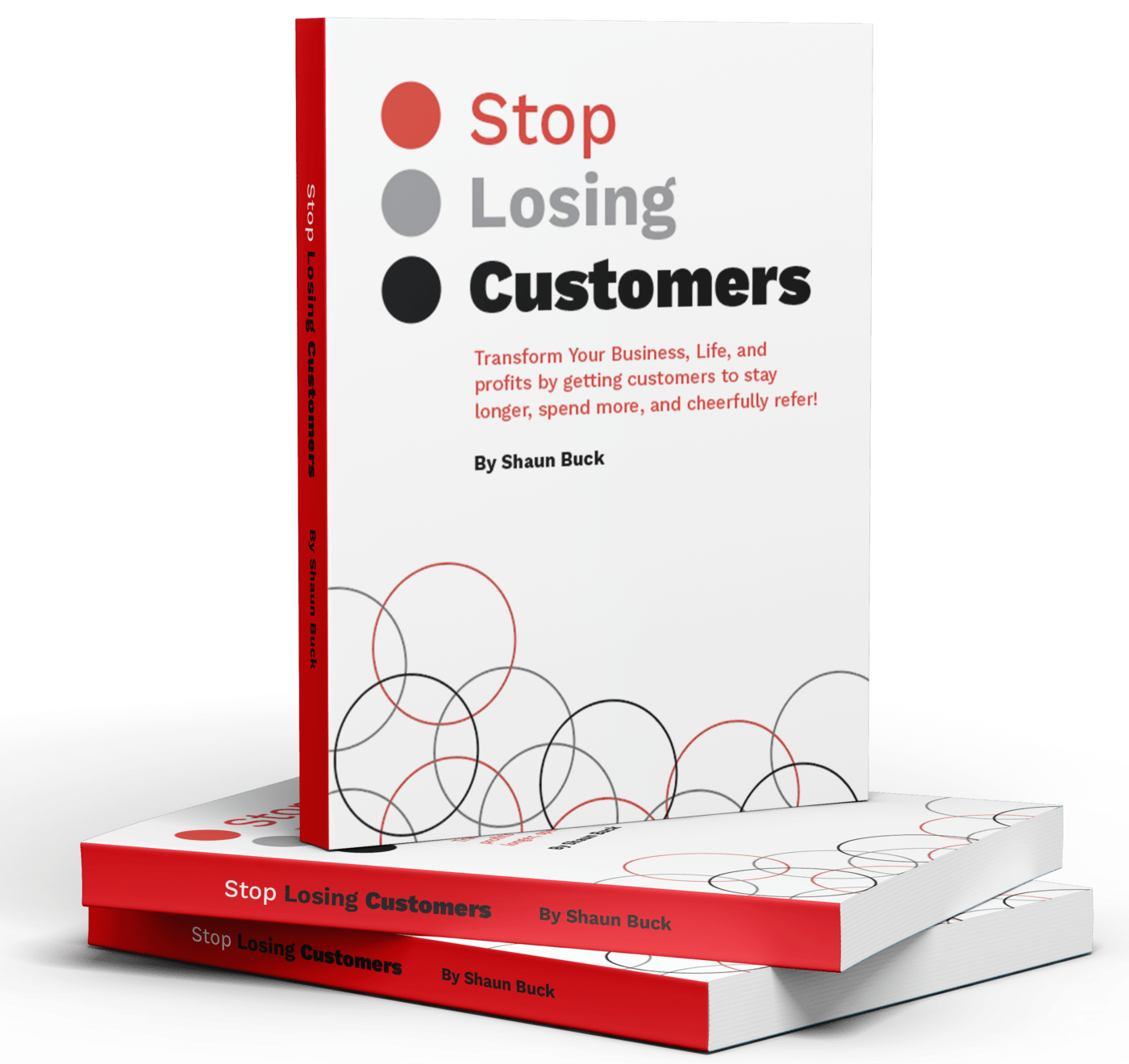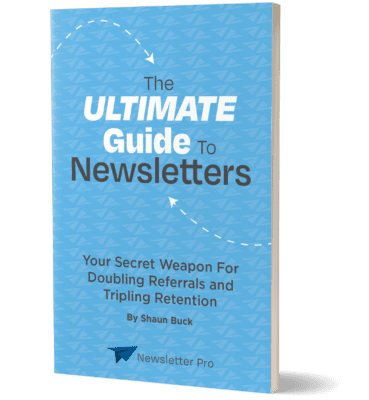In the fast-paced world of digital marketing, understanding your leads is crucial for success. Behavioral lead scoring is a game-changer, offering a strategic approach to qualifying leads based on their actions. By tracking and analyzing behaviors such as website visits, content downloads, and email interactions, marketers can gain deeper insights into a lead’s level of interest and readiness to purchase.
This blog post dives into the significance of behavioral lead scoring, explaining how it can enhance your marketing efforts by prioritizing high-quality leads. We will explore its integration in nurture campaigns, providing detailed examples of how to seamlessly incorporate behavioral data to create personalized and effective communication strategies.
Additionally, we offer actionable steps to implement behavioral lead scoring effectively, ensuring that your marketing team can leverage this powerful tool to drive conversions and boost overall campaign performance.
What is Behavioral Lead Scoring?
Behavioral lead scoring is the process of assigning values to potential customers based on their behavior. This includes actions taken on your website, such as page visits, time spent on pages, and downloads, as well as interactions with your emails, such as open rates and click-through rates, and engagement with your social media, like likes, shares, and comments. The higher the score, the more likely the lead is to convert.
By focusing on behavior, you can prioritize leads that show real interest in your product or service. This method ensures that your marketing efforts are directed toward those most likely to convert, improving efficiency and effectiveness.
Additionally, behavioral lead scoring allows for more tailored marketing strategies, as understanding customer behavior can help refine messaging and offers to better meet the needs and interests of high-scoring leads. This approach not only enhances the customer experience but also increases the likelihood of successful conversions and long-term customer relationships.

Understanding Explicit vs. Implicit Data
To grasp behavioral lead scoring, it’s essential to differentiate between explicit and implicit data. Explicit data includes information that a lead provides directly, such as their job title, company size, industry, and contact information. This type of data is typically collected through forms, surveys, or direct interactions. Explicit data helps in demographic segmentation and plays a crucial role in identifying the basic characteristics of the lead.
Implicit data, on the other hand, is gathered from observing their behavior and interactions with your content and website. This includes actions like pages visited, time spent on specific pages, content downloaded, emails opened, and links clicked. Implicit data provides insight into the lead’s engagement, interest levels, and their potential readiness to make a purchase or take the next step in the sales funnel.
Combining both types of data gives a comprehensive view of a lead’s potential. While explicit data allows for effective demographic segmentation and targeting, implicit data offers a deeper understanding of the lead’s behavior, preferences, and pain points. By analyzing both explicit and implicit data, businesses can develop more personalized and effective marketing strategies, improve lead nurturing, and ultimately increase conversion rates. This holistic approach to lead scoring ensures that marketing efforts are aligned with the needs and interests of potential customers, leading to more successful outcomes.
Criteria for Effective Behavioral Lead Scoring
Key Metrics for Lead Scoring
The foundation of effective lead scoring lies in identifying key metrics that reflect a lead’s engagement and interest. These metrics might include:
- Website Visits: Frequency and duration of visits to your site.
- Content Downloads: Interaction with gated content like eBooks or whitepapers.
- Email Engagement: Opens, clicks, and responses to email campaigns.
- Social Media Interactions: Likes, shares, and comments on your posts.
Actions to Consider
Not all actions are created equal. Different behaviors should be weighted differently based on their significance. For example, downloading a detailed case study may indicate more interest than simply visiting your homepage. Assign higher scores to actions that demonstrate a deeper level of engagement.
Building Your Scoring Model
Step-by-Step Guide
Creating a behavioral lead scoring model tailored to your business involves several steps:
- Define Your Ideal Customer Profile: Understand who your target audience is.
- Identify Key Behaviors: Determine which actions indicate a higher likelihood of conversion.
- Assign Scores: Allocate points based on the importance of each behavior.
- Set Thresholds: Establish what score qualifies a lead as sales-ready.
- Implement and Test: Use your CRM or marketing automation tools to test and refine your model.
Tailoring to Your Business
Every business is different, so it’s crucial to customize your scoring model to fit your specific needs. Consider factors like your sales cycle length, industry, and typical customer behavior patterns.

Applying Behavioral Lead Scoring in Nurture Campaigns
Enhancing Personalization
Behavioral lead scoring allows for highly personalized nurture campaigns. By understanding where a lead is in their buyer’s journey, you can tailor your content accordingly. For example, leads with higher scores might receive more detailed product information, while those with lower scores might benefit from educational content.
Timing and Relevance
Effective nurture campaigns deliver the right content at the right time. Use lead scores to trigger automated workflows that send relevant content based on a lead’s behavior. This ensures that your messages are timely and pertinent, increasing the chances of conversion.
Real-Life Success Stories
Case Study 1
A software company implemented behavioral lead scoring and saw a 25% increase in qualified leads. By focusing on leads with higher scores, their sales team could prioritize follow-ups, resulting in a 20% boost in conversion rates.
Case Study 2
An e-commerce business used behavioral lead scoring to segment their email list. This resulted in a 30% higher open rate and a 40% increase in click-through rates, significantly improving their ROI.
Tools and Technology for Lead Scoring
Available Platforms
Several platforms offer tools to implement and manage behavioral lead scoring effectively. Some popular options include:
- HubSpot: Provides robust lead scoring capabilities integrated with their CRM and marketing tools.
- Marketo: Known for its advanced scoring models and deep analytics.
- Salesforce Pardot: Offers customizable lead scoring tailored to B2B marketing needs.
Choosing the Right Tool
Selecting the right tool depends on your specific requirements and budget. Consider factors like ease of use, integration capabilities, and support when making your decision.
Best Practices and Future Trends
Maintaining Your Scoring Model
Regularly review and update your scoring model to keep it effective. As your business evolves, so should your lead scoring criteria. Continuously analyze performance metrics and adjust scores based on what works best.
Emerging Trends
The future of behavioral lead scoring lies in AI and machine learning. These technologies can provide deeper insights and more accurate scoring by analyzing vast amounts of data. Staying ahead of these trends will give your business a competitive edge.
Conclusion
Behavioral lead scoring is a powerful tool for any digital marketer. By prioritizing leads based on their behavior, you can ensure that your marketing efforts are more targeted and effective. Implementing a well-structured scoring model can significantly enhance your nurture campaigns, leading to better engagement and higher conversion rates.
For those looking to take their lead generation efforts to the next level, incorporating behavioral lead scoring is a must. Don’t miss out on the opportunity to streamline your marketing strategies and boost your business growth.
Ready to transform your lead generation process? Contact Newsletter Pro today and get started with expert guidance tailored to your needs.






